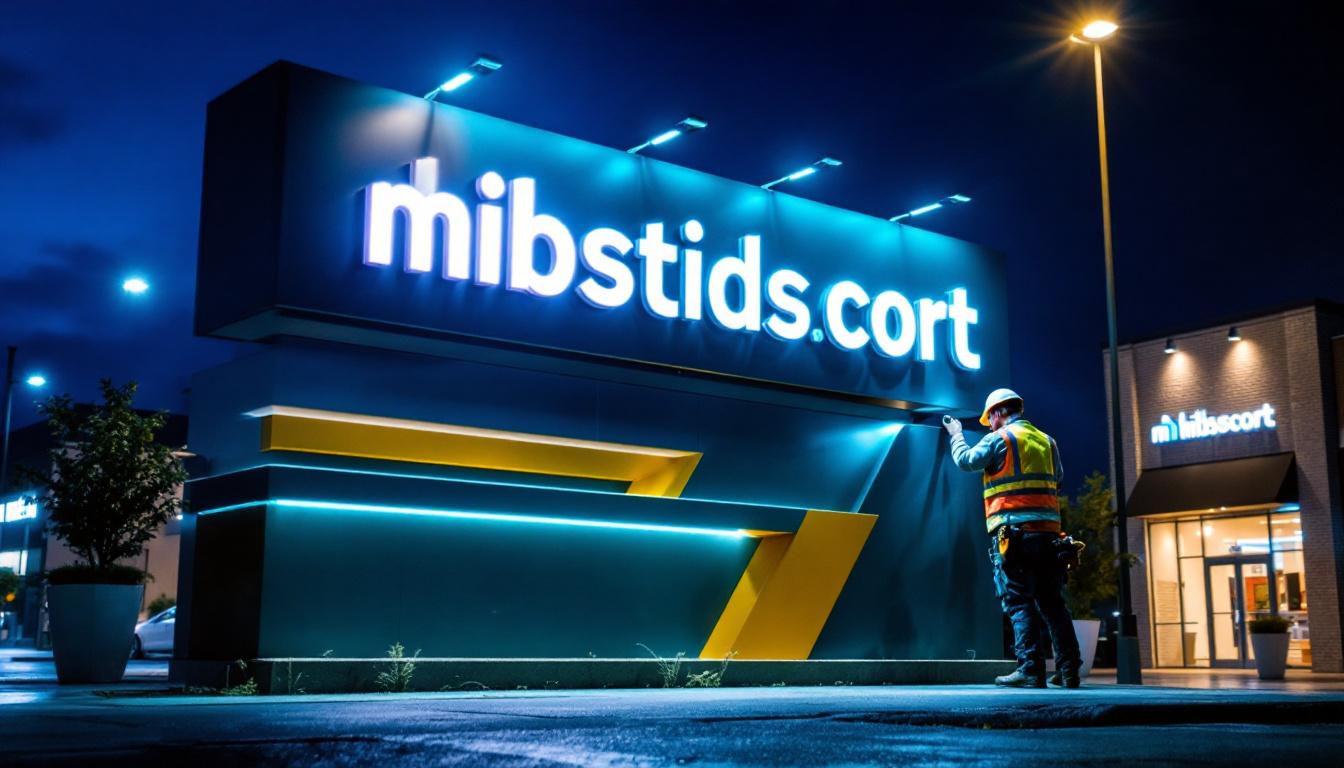
Color temperature is a crucial aspect of lighting design that significantly impacts the ambiance and functionality of a space. Measured in Kelvin (K), it describes the hue of a particular light source. Two common color temperatures often discussed in the context of lighting are 4000K and 6300K. Each offers unique characteristics that can influence the perception of a space, making it essential for lighting contractors to understand their differences.
4000K is often referred to as “cool white,” providing a balance between warm and cool tones. This temperature is ideal for environments where clarity and productivity are paramount, such as offices and retail spaces. On the other hand, 6300K is known as “daylight” or “cool daylight,” mimicking the natural light experienced during midday. This temperature can create a vibrant atmosphere but may not always be suitable for every application.
Selecting the appropriate color temperature is vital for achieving the desired mood and functionality in a space. A well-chosen color temperature can enhance productivity, improve comfort, and even influence customer behavior in commercial settings. For instance, a cooler light can invigorate and stimulate activity, while warmer tones can create a more relaxed and inviting environment.
Moreover, the wrong choice can lead to dissatisfaction among clients and end-users. Therefore, understanding the specific needs of a project and the characteristics of different color temperatures is essential for lighting contractors aiming to deliver optimal results. Additionally, the impact of color temperature extends beyond mere aesthetics; it can also affect how colors are perceived within a space. For example, a 4000K light can make colors appear more vibrant and true to life, which is particularly beneficial in retail environments where product presentation is key. In contrast, a 6300K light may wash out certain hues, making it less ideal for spaces where color accuracy is critical, such as art galleries or design studios.
Furthermore, the psychological effects of color temperature should not be overlooked. Research has shown that exposure to different lighting conditions can influence mood and behavior. For example, cooler temperatures like 6300K can enhance alertness and focus, making them suitable for workspaces, while warmer temperatures can promote relaxation and comfort, ideal for residential settings. Understanding these nuances allows lighting designers to create tailored environments that not only meet functional requirements but also foster the desired emotional responses from occupants.
Even experienced lighting contractors can fall into traps when selecting color temperatures. Understanding these common pitfalls can help avoid costly mistakes and ensure client satisfaction.
One of the most significant mistakes is not considering the primary function of the space. Each area has unique lighting needs that should dictate the chosen color temperature. For example, a healthcare facility may require a cooler light to ensure clarity during medical procedures, while a restaurant may benefit from warmer tones to create a cozy atmosphere.
Failing to align the color temperature with the purpose of the space can lead to an uncomfortable or unproductive environment, ultimately affecting the overall experience for occupants. Lighting contractors should always engage with clients to understand their vision and the intended use of each area before making recommendations. Additionally, it’s essential to consider how the space will be used at different times of the day; for instance, a conference room may need brighter, cooler lighting during presentations but warmer lighting for informal discussions or brainstorming sessions. By tailoring the lighting to the specific activities that will take place, contractors can create a more versatile and functional environment.
Another common oversight is underestimating how color temperature affects color perception. Different temperatures can alter how colors appear, which can be particularly important in settings like retail or art galleries. For instance, a 6300K light may enhance the vibrancy of colors, making products more appealing, while 4000K may provide a more subdued and natural representation.
Contractors should consider the types of materials and finishes in the space, as well as how they will be perceived under different lighting conditions. This consideration can help ensure that the final result aligns with the client’s expectations and enhances the overall aesthetic. Moreover, it’s important to test how various color temperatures interact with the specific colors present in the environment. For example, a warm light can soften harsh colors, while a cooler light can make them appear more stark and defined. By conducting mock-ups or using adjustable lighting during the selection process, contractors can better visualize the effects and make informed decisions that cater to the desired ambiance and functionality of the space.
Understanding the distinctions between 4000K and 6300K can aid lighting contractors in making informed decisions that best suit their clients’ needs. Each temperature has its advantages and disadvantages, which should be carefully weighed during the selection process.
4000K lighting offers a neutral tone that is versatile across various applications. It strikes a balance between warm and cool, making it suitable for environments that require clarity without being overly harsh. This temperature is often favored in offices, schools, and healthcare facilities, where a clear and focused atmosphere is essential.
Additionally, 4000K lighting can enhance productivity by reducing eye strain and fatigue. Its balanced nature helps create an environment conducive to work, making it a popular choice for commercial spaces. However, it may not always evoke the warmth and comfort desired in residential settings.
In contrast, 6300K lighting mimics natural daylight, providing a bright and invigorating atmosphere. This temperature is often used in spaces where high visibility is crucial, such as warehouses, showrooms, and art studios. The clarity and vibrancy of 6300K can enhance detail and color, making it an excellent choice for applications that require precision.
However, while 6300K can energize a space, it may also come across as harsh or sterile in certain environments, particularly in residential settings. Therefore, contractors must assess the context in which this color temperature will be used to avoid creating an unwelcoming atmosphere.
Effective communication with clients is essential for lighting contractors. Engaging in thorough consultations can help uncover the specific needs and preferences of the client, ensuring that the selected color temperature aligns with their vision.
During the consultation process, contractors should ask targeted questions to understand the client’s goals. Inquire about the intended use of the space, the desired mood, and any specific requirements related to color perception. This information can guide the selection of the appropriate color temperature and ensure that the final result meets the client’s expectations.
Additionally, discussing the advantages and disadvantages of each color temperature can help clients make informed decisions. Providing visual examples or samples can also aid in illustrating the differences between 4000K and 6300K lighting, making it easier for clients to visualize the potential outcomes.
Many clients may not fully understand the implications of color temperature on their space. Lighting contractors have the opportunity to educate clients about how different temperatures can affect mood, productivity, and overall aesthetics. This education can foster trust and confidence in the contractor’s expertise, leading to a more collaborative and successful project.
Providing resources, such as articles or visual aids, can further enhance the client’s understanding. By empowering clients with knowledge, contractors can help them make choices that align with their goals and preferences.
Understanding where to apply 4000K and 6300K lighting can significantly enhance the effectiveness of a lighting design. Each temperature has specific applications that can optimize the functionality and aesthetic appeal of a space.
4000K lighting is ideal for environments that require a balance of clarity and comfort. Common applications include:
In these settings, 4000K lighting can create an inviting yet functional environment that meets the needs of both clients and end-users.
6300K lighting is best suited for applications that benefit from bright, vibrant illumination. Ideal uses include:
In these scenarios, 6300K lighting can invigorate a space, making it more appealing and functional for its intended use.
Choosing between 4000K and 6300K lighting requires careful consideration of various factors, including the purpose of the space, the desired mood, and the impact on color perception. By avoiding common mistakes and engaging in thorough consultations with clients, lighting contractors can ensure that their choices align with the specific needs of each project.
Ultimately, understanding the nuances of color temperature empowers contractors to create effective lighting solutions that enhance the functionality and aesthetics of any space. By prioritizing education, communication, and practical applications, lighting contractors can elevate their projects and deliver exceptional results that satisfy both clients and end-users.
Ready to make the right lighting choice for your next project? At LumenWholesale, we provide you with the highest quality, spec-grade lighting products at prices that can’t be beaten. Say goodbye to local distributor markups and hello to a vast selection of reliable lighting solutions that meet rigorous industry standards. With free shipping on bulk orders, you can trust that you’re getting premium lighting at the best value — no hidden fees, no compromises. Elevate your lighting game and ensure your clients are satisfied with every installation. Wholesale Lighting at the Best Value is just a click away. Choose LumenWholesale for quality, affordability, and convenience, all in one place.

Discover the essential guidelines for lighting contractors on monument sign dimensions.

Discover how LED grow bulbs are revolutionizing the lighting industry for contractors.

Discover essential resources and expert tips for lighting contractors to master the use of fluorescent tube lights.

Illuminate your projects with our comprehensive guide on driveway solar lamp posts.